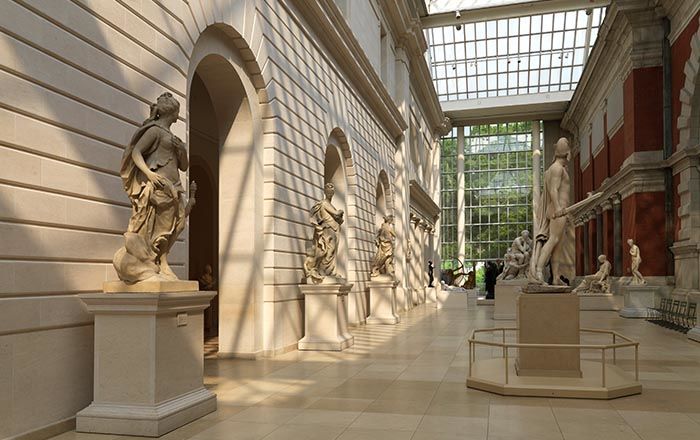George William Frederick, Prince of Wales (later King George III)
Not on view
This decorative plaque, portraying King George III as a child, is based on a 1749 print by the Battersea engraver Simon Francis Ravenet. Published by William Sandby, this print derives from several similar paintings by Richard Wilson in which the future king is depicted seated next to his younger brother, Edward Augustus. Despite operating for just a few years between 1753 and 1756, the York House factory in Battersea remains the most renowned of all British enamel manufactories because of the superior quality of its transfer printed designs.
Enameled objects like this one were intended to imitate the lustrous quality of porcelain at more affordable prices. By the middle of the eighteenth century, technological innovations had made it possible to roll copper, instead of the far costlier gold, into very thin sheets. Powdered glass mixed with minerals (to determine the opacity and color of the enamel) would then be applied onto the copper sheets and fired at high temperatures. A design—whether a famous portrait, generic pastoral scene, or floral motif— could be painted on by hand or copied from an engraving through the newly invented process of transfer printing. Many enameled objects combined both methods of decoration and would be refired after the application of each new layer or color.
This image cannot be enlarged, viewed at full screen, or downloaded.

